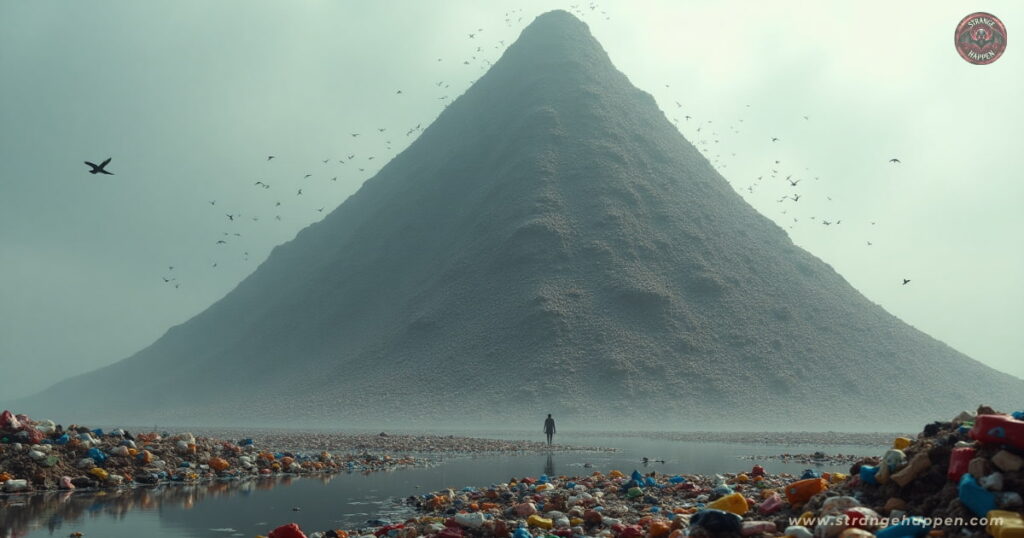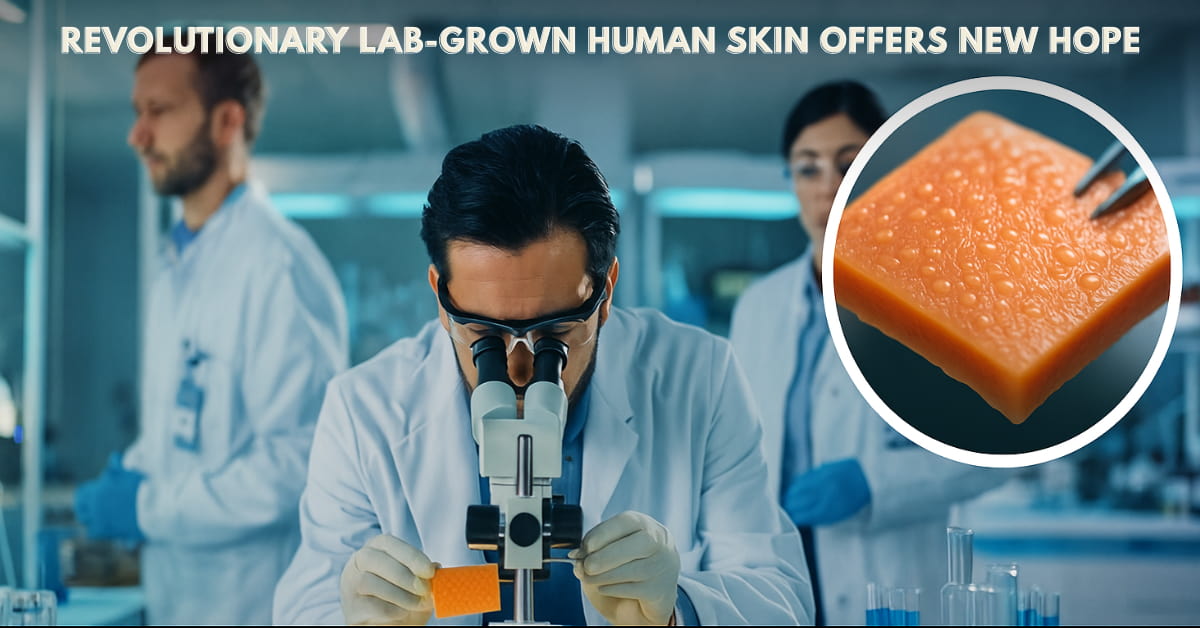The Incredible Rise of Plastic-Eating Fungi: Nature’s Unexpected Solution

In a world suffocating beneath mountains of plastic waste, few expected salvation to come from something growing quietly beneath our feet. Yet science has unearthed a remarkable ally—a group of fungi capable of doing what even our most advanced technology struggles to achieve. These plastic-eating fungi are not just another quirky scientific discovery. They represent a powerful new hope against one of the greatest environmental threats of our time.
Table of Contents
What Exactly Are Plastic-Eating Fungi?
Plastic-eating fungi are a select group of fungal species with the rare and fascinating ability to break down synthetic polymers, especially polyurethane. This common material is found in everything from household sponges to synthetic clothing and plastic bottles. Unlike most organisms, these fungi produce unique enzymes that don’t merely scratch the surface of plastic pollution—they digest it.
Through this process, plastics are reduced to harmless components like carbon dioxide, water, and biomass, offering a credible natural solution where human methods often fail.
Why Are These Fungi Considered a Scientific Breakthrough?

Conventional plastics such as polyethylene terephthalate (PET) can linger in the environment for up to a thousand years. With over 400 million tons of plastic waste generated annually, traditional recycling alone cannot keep pace. The emergence of plastic-eating fungi is revolutionary because it offers a biological solution to a problem humanity has created but cannot fully control.
Imagine living organisms that can transform plastic from an eternal pollutant into biodegradable matter. This is not the future—it’s happening now.
Meet the Star of the Fungi World: Aspergillus tubingensis
Among all the fungi studied, Aspergillus tubingensis stands out. Discovered in a waste dump in Pakistan, this fungus has shown a remarkable ability to degrade polyester-based plastics rapidly.
Key Traits of Aspergillus tubingensis:
- Thrives naturally in soil and waste environments
- Operates effectively even in low-oxygen (anaerobic) settings
- Releases enzymes that slice through complex plastic polymers
- Breaks down plastic into non-toxic, biodegradable compounds
Because of its extraordinary capabilities, Aspergillus tubingensis is at the forefront of research efforts aimed at transforming waste management practices worldwide.
How Do Plastic-Eating Fungi Work?
The mechanism behind plastic-eating fungi might sound complicated at first glance, but in truth, it follows a surprisingly simple and elegant process—one perfected by nature over millions of years. These fungi are not just passive observers in polluted environments; they are active biological agents dismantling one of the planet’s toughest materials.
Step-by-Step Process of Plastic Degradation by Fungi:
1. Attachment:
The first step sees the fungus latching onto the surface of the plastic to establish contact. Specialized hyphae structures—thread-like fungal filaments—act almost like tiny grappling hooks, anchoring the fungus securely to the synthetic material. This crucial stage establishes direct contact, allowing the next phases to begin.
2. Enzyme Secretion:
Once attached, the fungus secretes powerful extracellular enzymes that are specifically designed to attack tough plastic polymers. These enzymes break down the complex molecular chains that give plastic its notorious durability. Think of this as the fungus chemically “unlocking” the plastic’s structure, rendering it vulnerable to further breakdown.
3. Absorption:
As the enzymes reduce the plastic into smaller, digestible particles, the fungus absorbs these fragmented molecules through its cell walls. These molecules are then transported internally, where the fungus can begin to extract usable energy and nutrients from what was once an indestructible synthetic object.
4. Conversion:
Inside the fungus, a remarkable transformation occurs. The absorbed plastic particles are metabolized and converted into harmless byproducts like carbon dioxide, water, and organic fungal biomass. What was once a toxic pollutant now contributes to the growth and sustenance of the fungus — completing a natural recycling loop.
Why This Process Matters for the Environment
Though this fascinating sequence unfolds on a microscopic scale, its potential environmental impact is massive. In nature, this process can help clean up contaminated soils, polluted waterways, and even plastic-choked landfills. In controlled environments, scientists envision entire bioreactor systems fueled by plastic waste, turning pollution into harmless organic matter.
Imagine a future where landfills shrink, oceans breathe easier, and polluted environments slowly heal — all because fungi are quietly doing their work beneath the surface. This is not speculative fiction; it is real science in motion.
Plastic-eating fungi represent one of the most promising and strangely beautiful examples of how nature can adapt to even the most unnatural challenges humanity creates.nmental impact could be enormous.
Other Plastic-Eating Fungi Worth Knowing
While Aspergillus tubingensis leads the pack, other fungal species are proving equally impressive in breaking down plastics:
- Pestalotiopsis microspora — Found in the depths of the Amazon Rainforest, this fungus thrives in oxygen-poor environments and excels at digesting polyurethane.
- Zalerion maritimum — A marine fungus that survives in salty oceans and has demonstrated the ability to slowly degrade floating plastics.
- Fusarium solani — Known for breaking down various plastics, especially in landfill and agricultural settings.
These fungi are under intense scientific scrutiny, and each discovery brings us closer to real-world applications.
Potential Real-World Applications of Plastic-Eating Fungi
If harnessed correctly, these extraordinary fungi could revolutionize how humanity manages and reduces plastic waste. Far from being limited to laboratory experiments, their practical applications could reshape industries, environmental strategies, and even global waste policies. This is how plastic-eating fungi are leading us toward a cleaner, more sustainable future:
1. Landfill Bio-Remediation
One of the most promising uses of plastic-eating fungi lies in landfill bio-remediation — the process of restoring polluted environments through biological means. By strategically introducing these fungi into landfill sites, scientists aim to accelerate the breakdown of stubborn plastic materials that would otherwise remain buried for centuries.
Potential Benefits:
- Faster plastic degradation timelines compared to natural decay, shrinking landfill volumes.
- Reduction of harmful microplastics leaching into soil and groundwater.
- Less toxic runoff, helping to protect nearby ecosystems and human health.
Imagine landfills evolving from long-term environmental hazards into sites of biological regeneration, thanks to the quiet work of fungi beneath the surface.
2. Fungal Bioreactors in Industrial Waste Facilities
In controlled environments, plastic-eating fungi could power specialized bioreactors designed to process industrial plastic waste at scale. These reactors would function much like advanced recycling plants but rely on natural enzymes rather than chemical treatments.
How It Works:
- Fungi are cultivated in carefully regulated tanks where they are fed streams of plastic waste.
- The enzymes secreted during this process are not only used within the reactor but can also be harvested for use in other commercial biodegradation products.
- This technology offers industries a way to turn plastic waste into reusable materials without the heavy carbon footprint of traditional recycling.
Such fungal bioreactors could one day become standard infrastructure alongside waste management facilities worldwide.
3. Marine Cleanup Operations
Oceans suffer some of the most visible and devastating impacts of plastic pollution. Plastic-eating fungi like Zalerion maritimum, known for surviving in salty, marine environments, present a unique opportunity for ocean cleanups.
Potential Applications:
- These fungi could be integrated with floating cleanup systems or ocean waste collection devices, targeting hard-to-reach microplastics.
- They offer a biological solution where mechanical methods fall short, such as in remote or fragile marine habitats.
- Natural, non-toxic breakdown of plastics in water minimizes risks to marine life compared to chemical alternatives.
By working in harmony with existing technologies, fungi could play a key role in restoring oceanic health over the long term.
Are There Risks or Concerns?
As promising as this technology sounds, it’s not without concerns:
- Could these fungi spread beyond controlled environments and damage non-target materials?
- Are the byproducts of plastic digestion truly harmless in every ecosystem?
- Will large-scale adoption be practical or cost-effective?
So far, research indicates these fungi are safe, controllable, and highly effective when properly managed. However, careful regulation will be essential to avoid unintended consequences.
Why Is This Breakthrough Still Underreported?
Despite appearing in credible scientific journals such as Environmental Pollution and Fungal Biology, the topic of plastic-eating fungi remains surprisingly under the radar. Public discourse often leans toward high-tech solutions like robots and mechanical cleanup systems. Meanwhile, nature quietly offers answers that are equally — if not more—effective.
Isn’t it ironic? The simplest solutions are often right beneath our feet.
Strange Happenings: When Nature Solves Our Problems
Plastic-eating fungi are just one example in a larger world of strange happenings, where nature repeatedly outperforms human invention:
- Fungi capable of surviving and consuming radiation at Chernobyl
- Bacteria genetically modified to consume oil spills
- Enzymes that break down polyester fibers in wastewater
These are not science fiction tales. They are ongoing examples of nature’s resilience and adaptability, offering lessons in sustainable living.
The Road Ahead: Making Plastic-Eating Fungi Practical
To unlock the full potential of these fungi, the following actions are vital:
- Encourage increased research investment through partnerships between governments and private industries.
- Establish open-source platforms for sharing enzyme data.
- Encourage government policies that support biological waste management.
- Promote industrial adoption through incentives and pilot programs.
In essence, these fungi could help create a truly circular economy where waste becomes nourishment.
Final Reflection: Could the Future Be Fungal?
While humanity races to invent high-tech solutions for its plastic crisis, it’s possible we’ve overlooked nature’s simplest answer — fungi. Quiet, slow, and brilliantly adaptive, these organisms may well be the unsung heroes of our environmental future.
Next time you toss away a plastic bottle, consider this:
Will it linger in a landfill for centuries, or become lunch for a humble fungus?
Such strange happenings remind us that nature already holds the solutions — we just need to pay attention.
🍄 Deep within the Coniferous Forests and the Amazon’s Deadly Secret lie countless hidden fungi and bizarre creatures quietly shaping our planet’s balance — often in ways we’ve yet to fully understand.
Stay curious. Stay informed. And stay tuned for more real-life strange happenings that reveal how science and nature continue to reshape our world.




